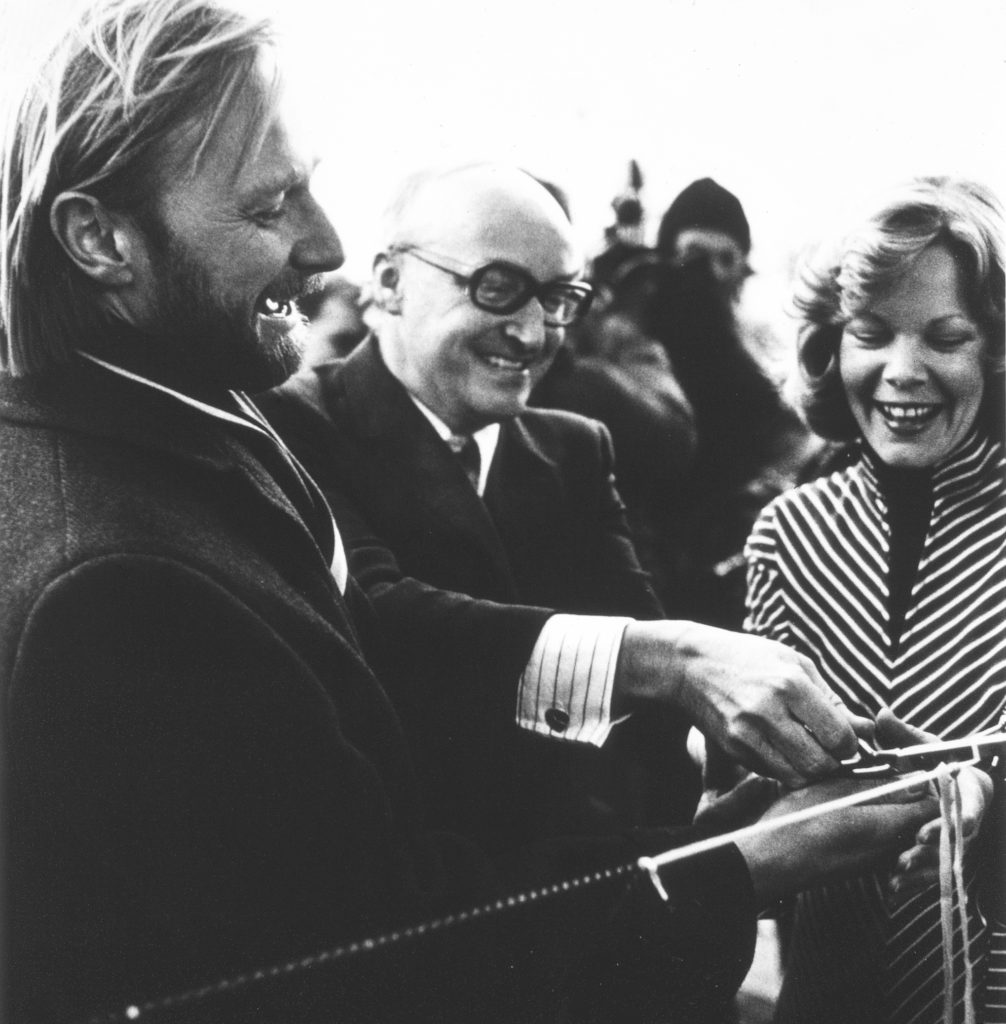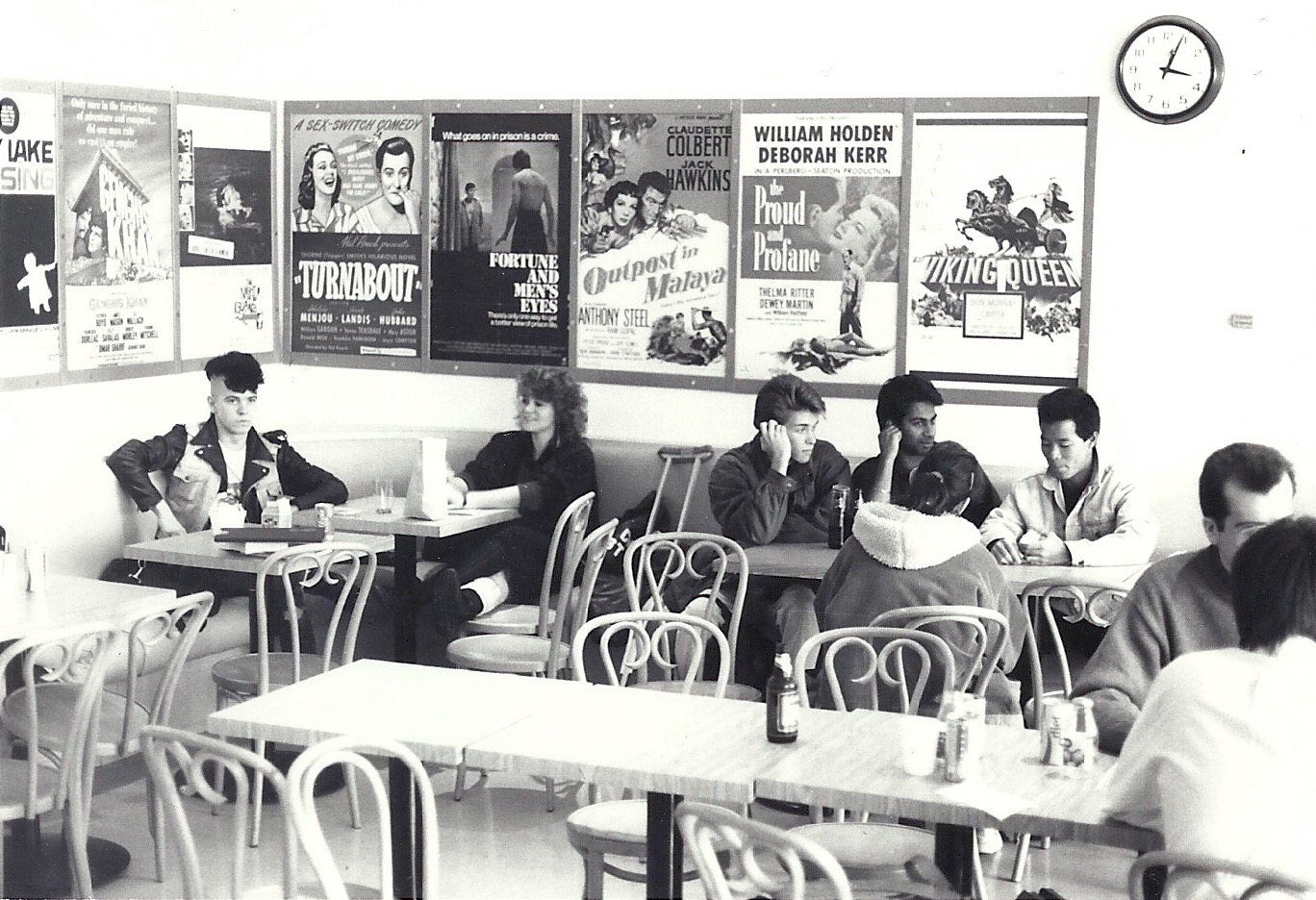An ode to Innis College
Over the past year, I’ve had the pleasure of being a campus tour guide for prospective University of Toronto students. With tour guests ranging in age from high school to adulthood, and geographically from North York to Tokyo, knowledge of the university’s undergraduate experience varies. While some guests know less than the university’s unofficial title (U of T), others have a detailed knowledge of admission scores and dropout rates, both of which they don’t hesitate to quote when asking “questions.” On every tour, after viewing the tranquil and aesthetically-pleasing quads of St. Michael’s, Victoria and Trinity—colleges who feel the need to attach ‘university’ to their collegial titles, in case anyone forgets their elitism—the tour inevitably arrives at Innis College. Here is this red brick building, cowering below a brutalist 14-storey library on a less- than-peaceful intersection with no romantic architecture to boot. At this point, guests usually stare at me blankly as I explain how privileged I’ve been to call Innis home for the past four years.
Despite this first impression, for those who count themselves among the members of the Innis community, the college’s charm is not soon forgotten. Indeed, for a college whose official mascot is a flaming beaver, Innis makes no secret about its quirky and off-the-wall ways. There is something truly unique about both the history and contemporary flavour of Innis College, which I now look upon with nostalgia as my undergraduate career comes to a close.
Perhaps Innis’s quirky history began when the college’s present location at 2 Sussex opened in 1976. Principal Peter Russell described the college’s opening ceremony in his official Principal’s Report from that year. When Lieutenant Governor Pauline MacGibbon arrived to mark the official opening of the college, she glimpsed “a strange band of characters jostling their way up St. George Street with beat up blackboards [and] battered chairs…” the remnants of moving day from the college’s former location. Not only was the Lieutenant Governor met with such a peculiar sight, but despite being the monarch’s representative, MacGibbon was then presented with nothing more than a shoestring to cut, marking the official opening of the new college. In “good Innis-style,” Russell writes, the opening ceremony also ran slightly behind schedule (two-and-a-half minutes after 5 p.m., to be exact).
This concept of “Innis-style” is something that runs through many publications about Innis’s early history. In a Herald article published in the late 1970s, the author describes that while the new building was warmly characterized by some students as the “The Good Ship Innis,” others noted the building’s leaky roofs, doors that led to nowhere, and problems with heating—all things that reflected Innis architectural and social style, according to the author.

(principal from 1973 to 1978), and Lynn Day cut a shoe string to mark the official opening of
Innis College’s 2 Sussex location. COURTESY of U OF T ARCHIVES
With the completion of the new build in 1976, Principal Peter Russell hoped that “a much larger proportion of students [would] enjoy the college, but also the university at large [would] participate much more at Innis.” Indeed, over the past 45 years, Russell’s dream has come true—Innis is undoubtedly the envy of the university, deserving of praise for everything from its tight-knit community to its rich student life.
While students may once have been attracted to the juvenile college for its cheap booze (subsidized by the profits of the basement’s former pinball machines), farm property (once considered perfect for weekend getaways), and hippie past, today as these former staples of the college have evolved there is still much about Innis which many would count themselves lucky to be a part of.
Despite the odds, for example, the Innis Café has remained as popular as when it sold 90 cent bottles of beer 25 years ago. The familiar faces of its family-run kitchen and famous home cooked meals make it difficult to find a seat in the café during lunch hours. Innis Town Hall has also become a unique institution at the university. While other college theatres tend to pander to more elite audiences, Town Hall ensures a diverse and, more often than not, peculiar group of community members, like former Premier Christy Clark, are spotted around the college.
The college’s library has also experienced an increased amount of popularity with students from across campus as of late. Sydney Narciso Wilson, a Trinity-College-turned-Victoria-College student (but we won’t hold that against her), once described Innis Library to me as an “industrial treehouse.” Indeed, the 3 storey “jungle gym,” as Sydney would call it, was essentially unused until a few years ago, with coffee-stained desk chairs and artifactual computers as its defining features. Yet, since the addition of a vocal and dedicated advocate in our somewhat new librarian, Kate, much like the café it is often challenging to find a seat in the Innis library.
As legendary as these Innis institutions might have become, perhaps nothing is as memorable as the people at Innis College. In a university with some 93,000 students across its three campuses, it is a rare occurrence for any student to be able name, let alone connect, with senior administrators. At Innis, however, this is second nature. Many students boast being on a first-name basis with Principal Charlie Keil and both his and registrar Donald Boere’s reputation now precede them. Indeed, ask any U of T student, and without hesitation they will call Donald the most accommodating and helpful registrar on campus.
An early 2000s edition of the Herald noted that “Innis is a lively community with many different kinds of people. From weird to really weird, we have a variety of nerds here.” While this is hopefully not the only adjectives used to describe Innis students (and I’m sure there could be worse ones), Innis students have left their mark as of late on the campus environment. Indeed, our college’s students have brought unique Innisian perspectives to the highest levels of leadership on the university’s student unions, clubs, and print publications. Winning the university’s meme bracket (for older audiences, this was a social media competition where only one college would be crowned the favourite of U of T students) proves that Innis students continue to punch above their weight.
For a college born out of an orgy of government spending in the 1960s, Innis College has truly developed to embody many of the ideals of university life. With any luck, the Herald will keep documenting this fact for years to come.
